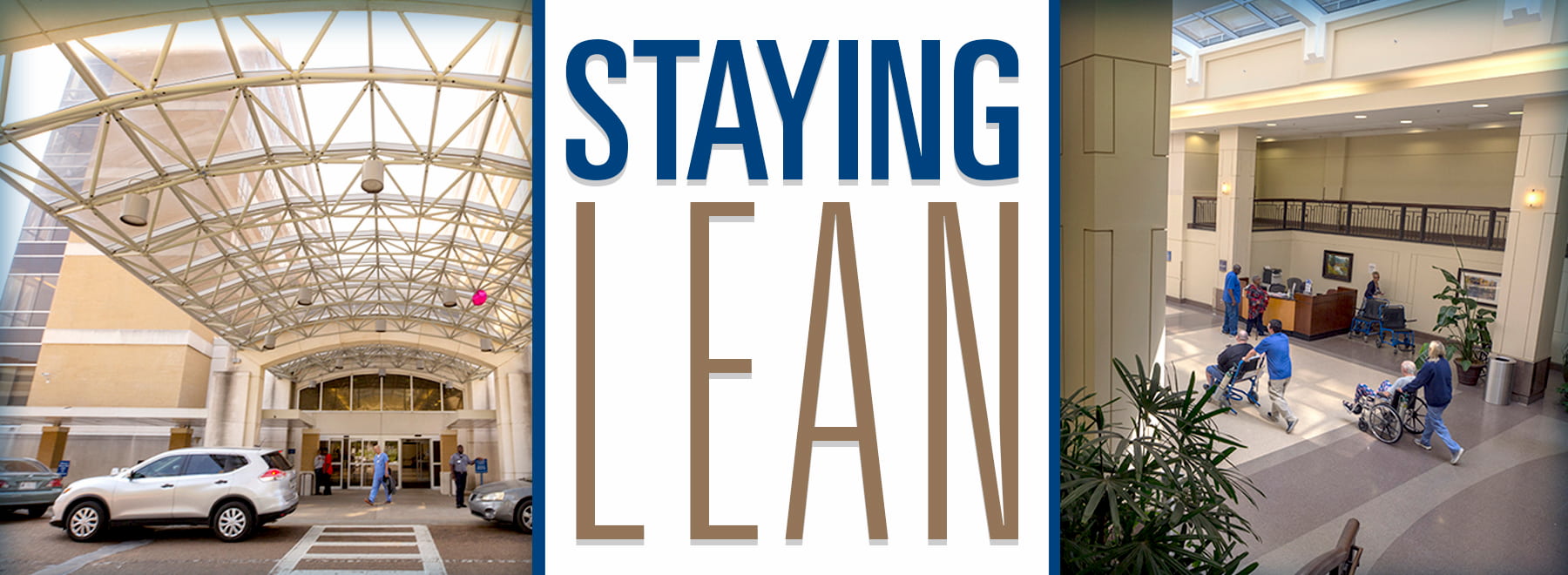UMMC focuses on higher quality, increased efficiency at lower cost
When patients are hospitalized at the University of Mississippi Medical Center, the goal of their caregivers is not just to restore their health, but to give them a quality experience from admission through discharge.

“We are constantly monitoring for best practices,” said Liz Youngblood, CEO of UMMC’s metro-area adult hospitals and clinics. “Our case managers and social workers have access to physician leaders to help ensure we have patients in the right place in the hospital at the right time, getting the right level of care, and that they are discharged at the right time.
“We keep health care costs down by making sure we do the right thing to prevent people from having to come back to the hospital and receive more care and services.”
When it comes to average cost per day of a patient’s care, UMMC has one of the lowest cost structures among the nation’s academic medical centers.
Data from the Association of American Medical Colleges shows that, benchmarked against peer teaching hospitals, UMMC’s adjusted expense per patient day is below the 25th percentile in recent national rankings.
It costs the Medical Center between $7,500 and $8,000 per patient, per day, as compared to about $14,000 per patient, per day for academic medical centers at the 75th percentile, the AAMC said. The numbers represent what it costs hospitals, directly or indirectly, to provide services, and not what a patient is charged.
Like other academic medical centers, UMMC treats patients with very complex illnesses and injuries.
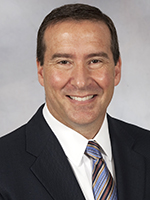
“We’re one of the best bargains in the country,” said Kevin Cook, CEO of the UMMC Health System. “As an organization, we have never been paid the high commercial rates that many other academic medical centers enjoy.
“We’ve had to stay lean out of necessity."
That’s not to say the Medical Center is cutting corners in its quest to provide quality care.
“We are a bargain, but it’s because we are so good,” Youngblood said.
“We’ve learned over the years to operate very efficiently,” Cook said.
Youngblood said in the last fiscal year, UMMC has added $19 million in capital equipment for University Hospital alone.
“We are constantly investing in new equipment and training for our staff,” she said. “We make sure that when we set productivity standards that they are realistic, and we always keep in mind the care required for our patients.”
At the same time, UMMC’s quality performance data have improved markedly, with an upward trajectory during the last two years that’s continuing in the most current ratings. That’s due to an ongoing effort to drive a culture of patient safety.
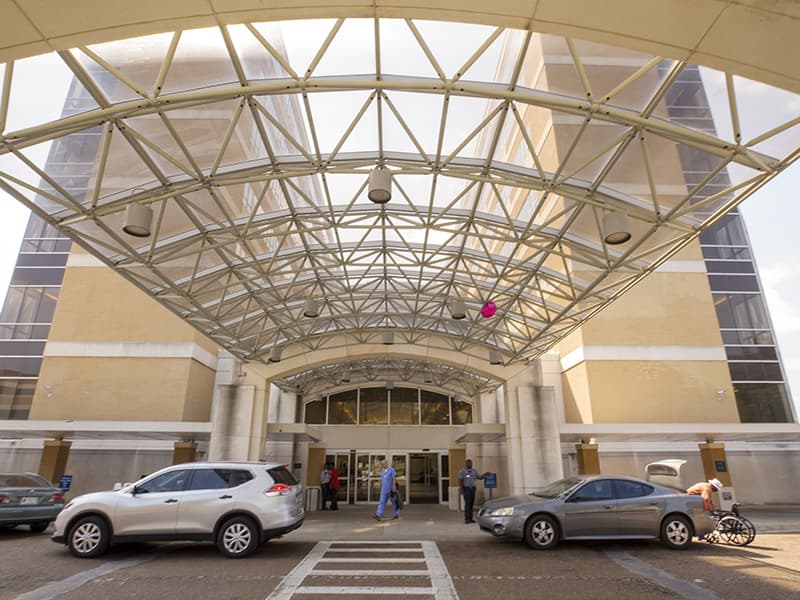
In April, a private hospital ratings group boosted UMMC’s score to “C” for its overall performance on changing factors that result in patient harm. The higher grade from The Leapfrog Group validates the Medical Center’s work to drive change and make measurable progress in patient safety since 2015, when quality improvement became UMMC’s top strategic priority.
Because quality scores reported publicly by patient safety watchdog groups can lag by three years or more, UMMC publishes online its current quality data, which show continued steady improvement.
In March, UMMC rolled out “Chasing Zero,” an initiative that strives to eliminate serious safety events impacting patients and to cultivate safer, more effective care. The initiative is modeled after “Zero Patient Harm is Achievable,” an effort championed by the Joint Commission, the nation’s leading accrediting body in health care.
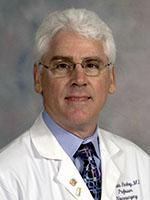
Dr. Louis Harkey, UMMC professor of neurosurgery, is among the Medical Center physicians who take an active role in discussions about how to best and most creatively use limited resources while also providing safe, quality care.
“Every year, we take requests for all new pieces of capital equipment for our operating rooms,” Harkey said. Chairs of neurosurgery, orthopaedics, otolaryngology, ophthalmology, surgery and anesthesia “all sit down together and decide what is top priority. It’s give-and-take.”
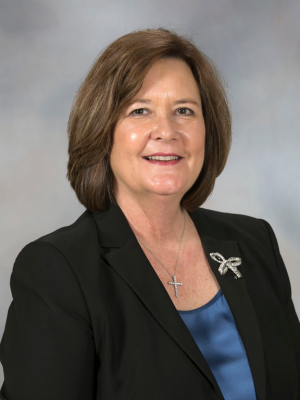
The group is joined by Terri Gillespie, chief nursing officer; Dr. Christopher Blewett, surgeon in chief for Batson Children’s Hospital; Jamie Thompson, director of perioperative procedural business services; and the director of perioperative services (Pamela Beiber is serving as interim director).
One group of surgeons might need a piece of equipment, Harkey said, “but can it wait? To do business, we might need other things. It’s a very collaborative arrangement – to identify what is top priority so that we can all work within a budget.”
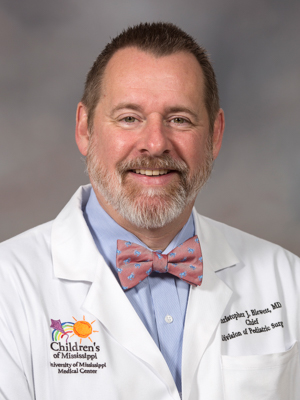
The Medical Center’s supply chain team “works very hard to make sure that we get good pricing on our contracts and supplies,” Youngblood said. “We have goals for operational improvements to find costs savings in different areas, whether that be supplies or increasing efficiencies.”
One example is the work of UMMC’s value analysis teams to promote a culture of savings and efficiency. Since the inception of the program in fiscal 2015, eight teams of employees from different departments have been able to capture more than $30 million in savings by eliminating waste, redundancy and inefficiency, said Susan Weill, UMMC value analysis manager.
One of the teams achieved a $25,000 savings after noting that UMMC used a particular disposable lab coat, but could get the same quality from a different vendor for almost half the price. And the pharmacy changed vendors on a particular syringe after realizing that a generic version was available on the market, saving $750,000 annually.
“We have goals for operational improvements to find cost savings in different areas, whether that be supplies or increasing efficiencies,” Youngblood said.
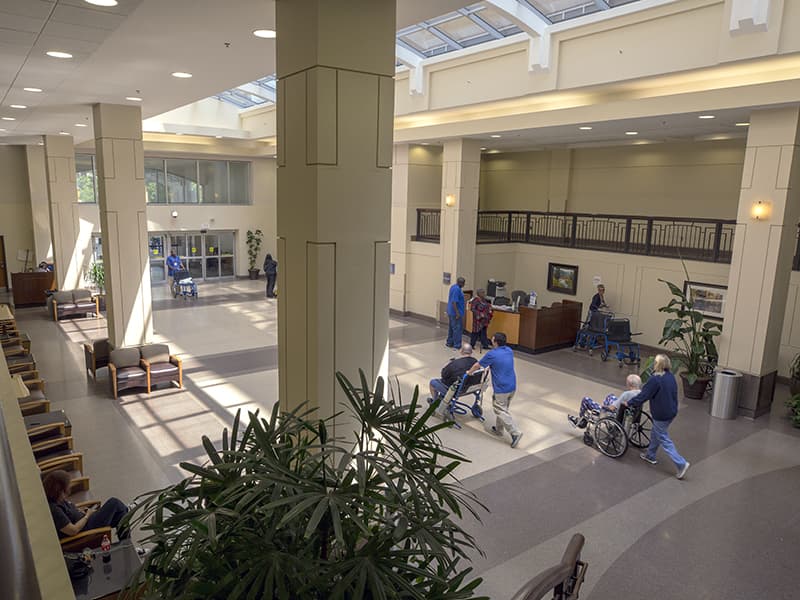
Cissy Lee, nurse manager on University Hospital’s 5 North floor, shares those goals. She meets every day with her interdisciplinary patient treatment team that includes nurses, physicians, nurse practitioners, case managers and social workers. “We discuss every patient on the floor,” she said.
That includes conversations about the newly admitted, but also those ready to be discharged and any holdups in that process.
“We want to deliver quality care, but at the same time, get patients home as soon as possible,” Lee said. “Working together as a team keeps us all updated on the discharge plan.”
“UMMC does not have the luxury of a budget that allows us to be wasteful,” Youngblood said. “We have to be efficient and mindful of all of our dollars, given the complexity of the health care funding environment.
“Our approach focuses on quality, cost and efficiency, and we look for every opportunity to improve on each.”



